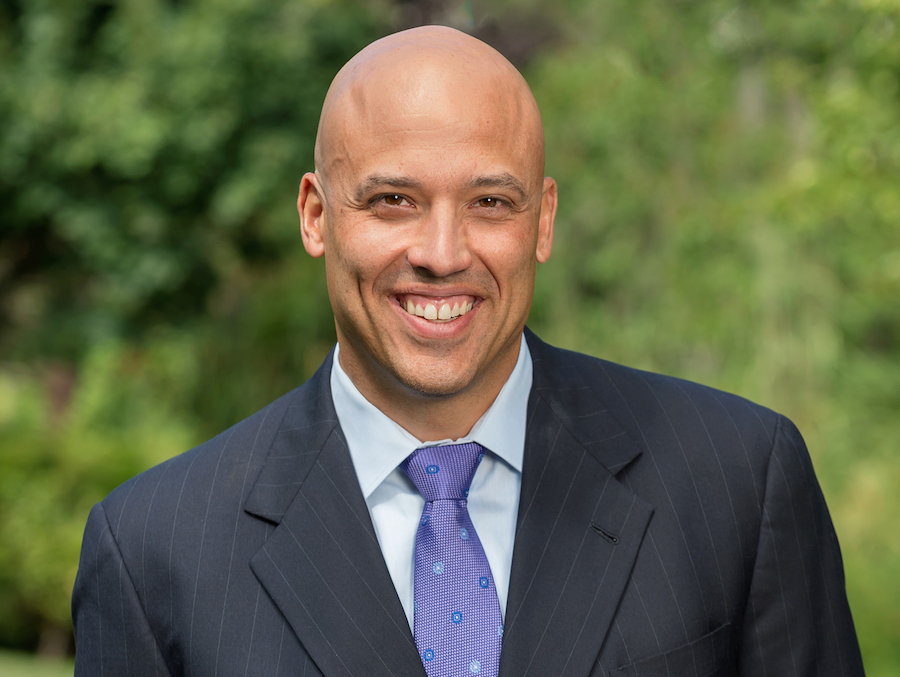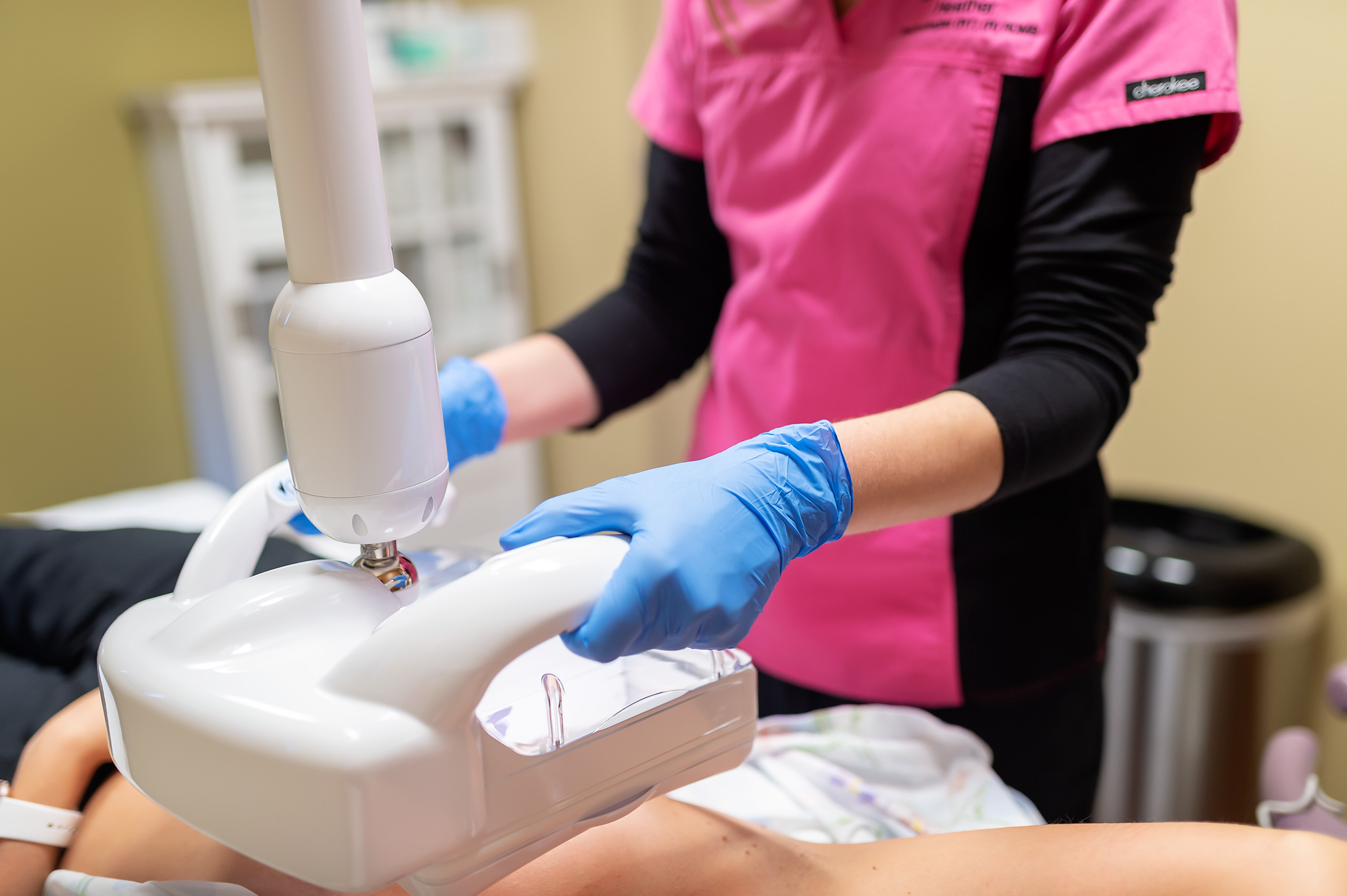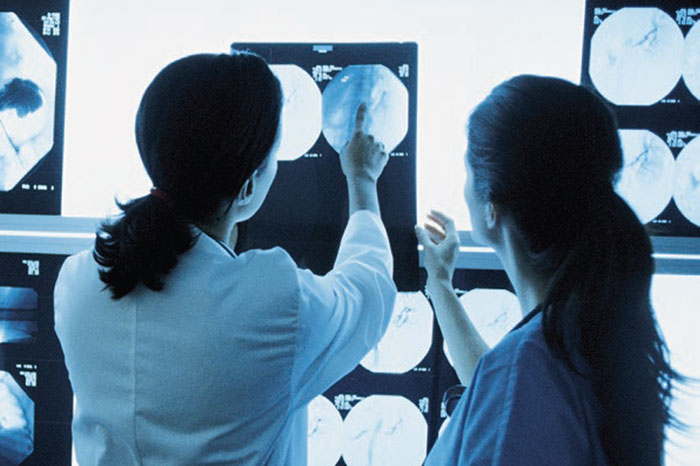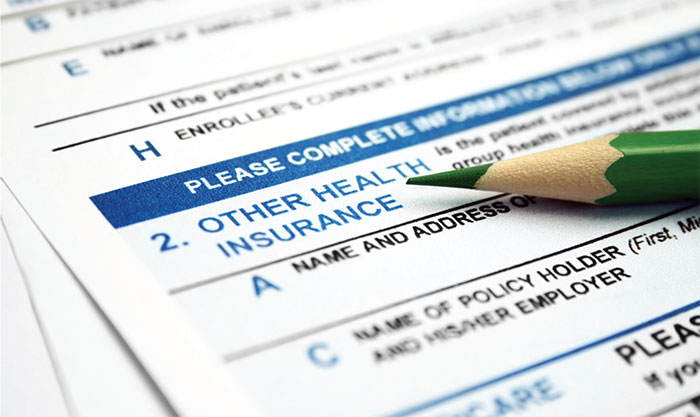By Vijay Sekhon, MD
RDC radiologist
Are you one of the millions of Americans who has resolved to improve diet, nutrition, or fitness in 2020? How will you know if your effort and dedication is producing the desired results? Reno Diagnostic Centers offers state-of-the-art body fat analysis to help you with your fitness goals. Validate the effectiveness of your lifestyle routine with the most accurate test for measuring body fat with 50+ data points in a comprehensive report, which you will be given as you leave the center.
Body fat analysis at Reno Diagnostic Centers is performed using DXA technology. This involves the use of two different X-ray beams and an algebraic algorithm to separate the bone, fat, and lean tissues. Special beam filtering and near-perfect spatial registration of the two X-ray attenuations if performed to produce accurate and precise body composition measurements, while providing an extremely low dose of radiation. The dose from a single whole body DXA is roughly equivalent to the background radiation a person receives from living one day at sea level. The body composition data obtained has implications in the treatment of metabolic conditions, musculoskeletal health, sports and fitness, as well as disease-specific indications. Recent literature shows growing evidence that body shape and compositions are strong indicators of metabolic health and possibly overall longevity.
Measuring body fat before and after a new fitness and diet regimen has become the method of choice among professional athletes, fitness competitors, and weekend warriors, alike. You, too, can witness the changes in your body composition, even to the level of individual body parts. This information will empower and motivate you to continue toward achieving your ideal physique.
The exam takes less than 10 minutes and is available at each of our two convenient locations. Call today to schedule your body fat analysis. Please feel free to inquire about group rates, as this is popular way of encouraging your peers to work together toward better health.










Dr. Kraemer was recently featured on KTVN’s Face the State to talk about breast cancer screenings―check out his interview here.